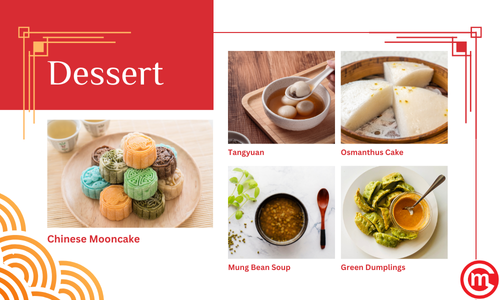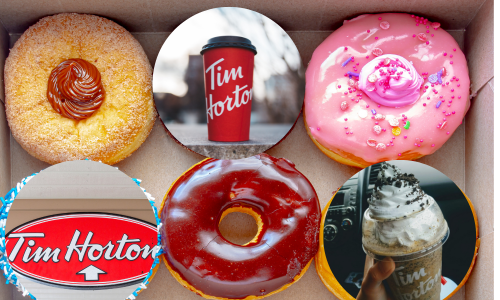What is Cold Brew Coffee?
What is Cold Brew Coffee?
Definition: Cold Brew coffee is a coffee based beverage that is made by exposing fresh, coarsely ground coffee to cold water over an extended period of time.
The extraction time varies depending on the application, but it is normal to see cold brew extraction times of anywhere between 12 hours to 24 hours.
What is the difference between cold brew and other methods?
This method of extraction is very unlike the technique used on regular hot coffee beverages. In a regular cup of coffee, high pressure, hot water, or a combination of both is used to extract coffee.
The variation depends greatly on the chosen coffee brewing method. Using an espresso machine, finely ground coffee is extracted under immense pressure and high heat, for between 20 - 30 seconds.
For a hand brewing method like the V60, medium ground coffee is extracted under no pressure and moderate to high heat, for between 2 - 2.5 minutes.
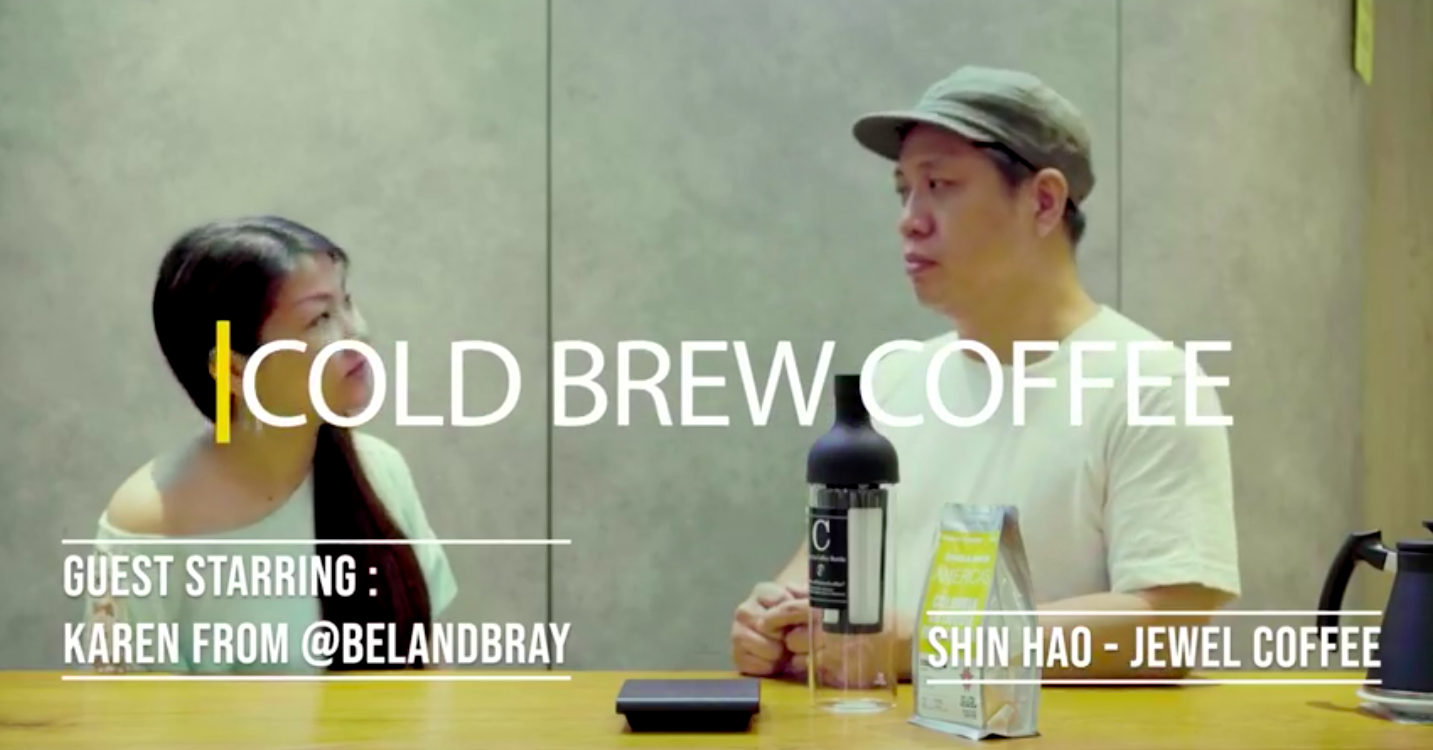
How to make cold brew coffee (traditionally)?
Cold brew coffee was traditionally made using elaborate drip coffee towers, such as the Yama Coffee Tower, which features a series of separate glass receptacles held within a wooden frame.
From the top, cold water is dripped through a calibrated valve, onto coffee grounds, which then saturates and extracts the coffee. The coffee flows through more glass tubes and is collected in a final glass carafe at the bottom. This process was fairly tedious, and considered by many to be prone to deviations and was not very consistent, since the entire setup normally sat in room conditions and was subjected to temperature fluctuations.
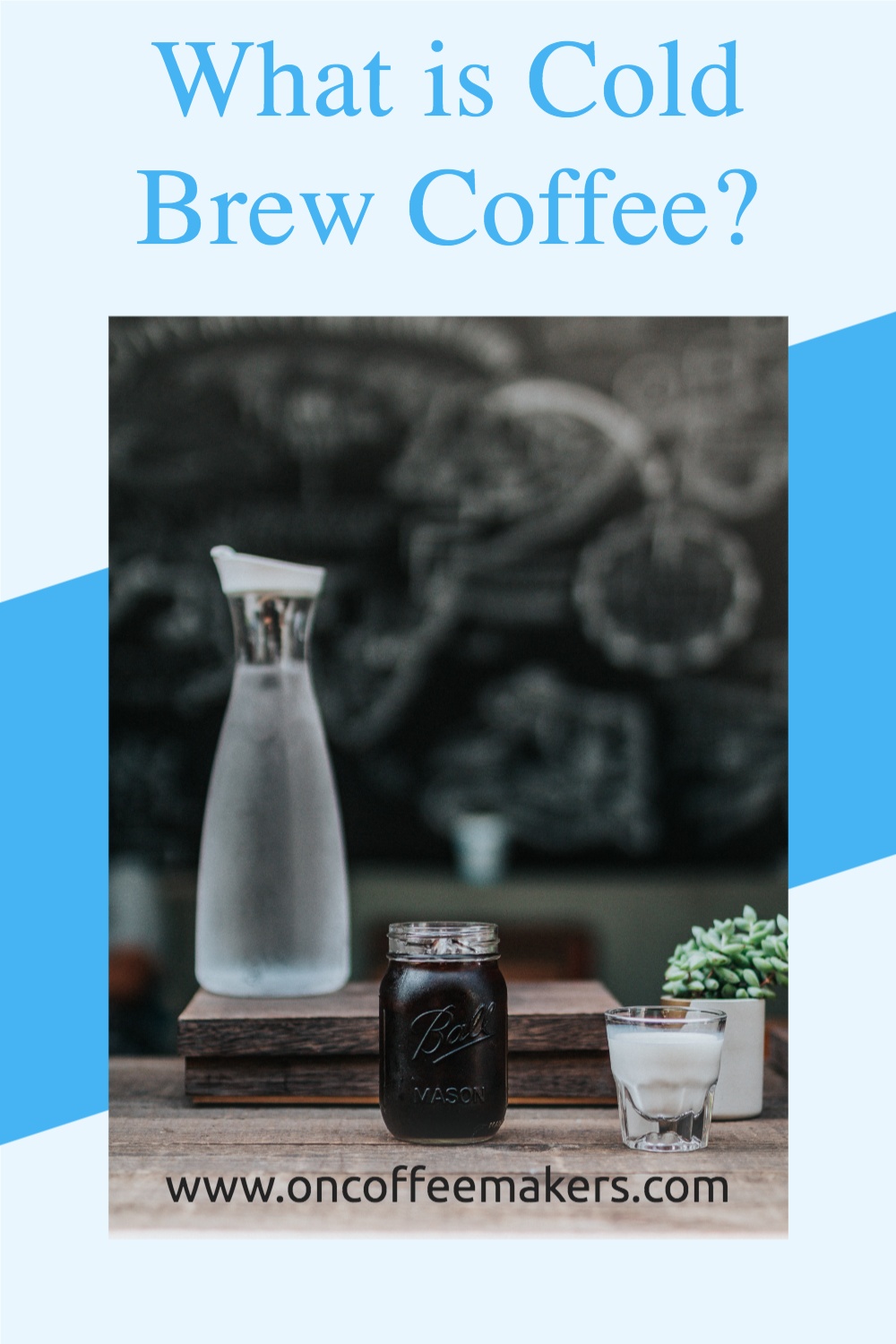
How to make cold brew coffee (now)?
Modern cold brews are done by steeping permeable bags of coarse coffee grounds entirely into a body of room temperature water, before being left in the chiller at 4 degrees celsius for anywhere between 12 to 24 hours.
This provides a more consistent environment for the extraction process to take place. After extraction is complete, the cold brew coffee is then usually transferred to glass bottles for storage. It is not uncommon for people to “age” their cold brews, where they do not consume it immediately after brewing.
Instead, they let the cold brew coffee sit in the glass bottles for another 1 to 2 weeks. During this time, the acidity in the cold brew mellows out, and results in a very smooth, rich, and floral tasting coffee that is great as a warm weather beverage.
This method has also been embraced by many coffee roasters in the market, with many of them selling pre-ground and pre-portioned cold brew bags which consumers can easily combine and pop into their own home chillers to brew and extract.
In some restaurants and cafes, ready made cold brew coffee is passed through a nitrogen tap (much like a Guiness tap) which mixes the cold brew coffee with nitrogen, giving it a rich and creamy texture, much like drinking a stout.
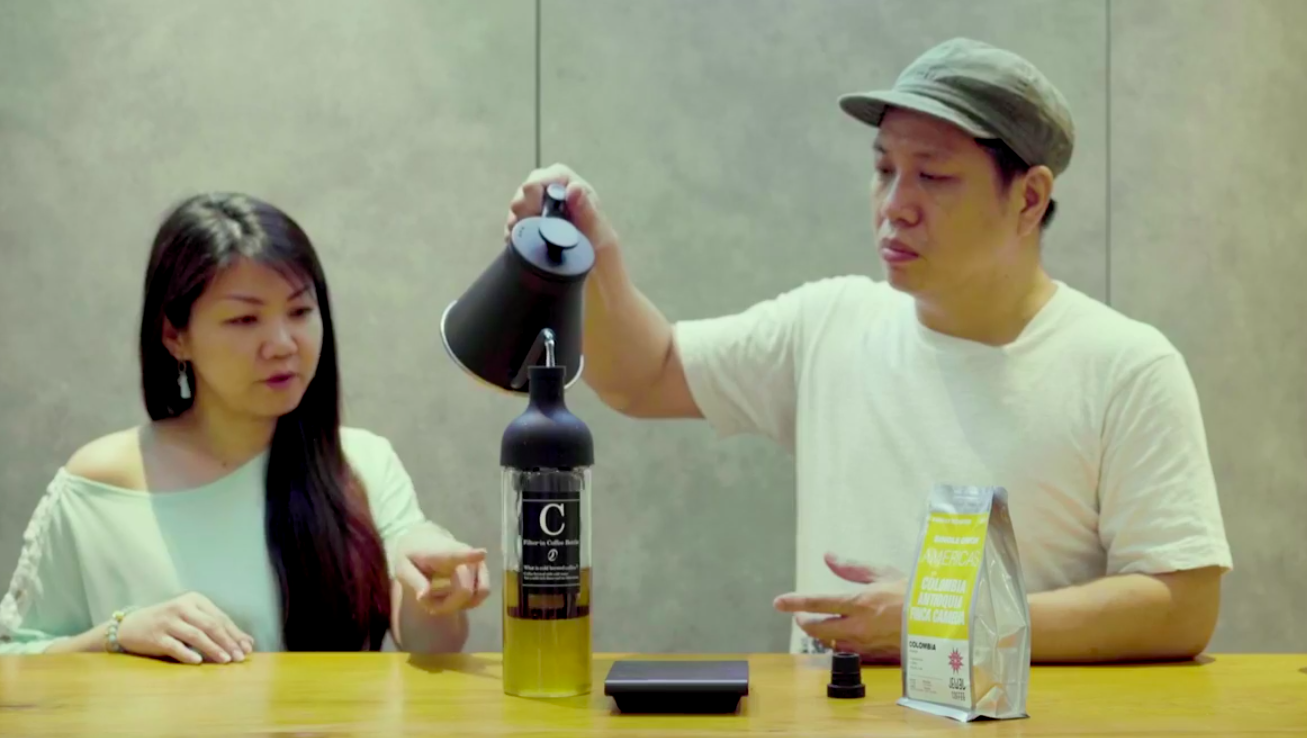
What is the difference between Cold Brew and Iced Coffee (a normal coffee beverage)?
As a coffee beverage, there is a common misconception that cold brew coffee contains less caffeine, as the coffee was brewed under less severe conditions (less pressure and less heat) than their hot coffee counterparts.
However, this is actually untrue. Cold brew coffee arguably contains the most caffeine in all coffee beverages, large due to the long and extended brewing and extracting process involved.
Cold brew coffee does however benefit from the cold brewing and extracting process, as the absence of extreme heat and pressure, allows the more subtle flavour notes and taste profiles inherent to the coffee bean origin, to be expressed more prominently in the final cup of coffee.
When seeking a base coffee product to make cold brew coffee with, a good bet would be to utilise brighter and fruitier coffees that are flavour biased such as coffees from Ethiopia, Costa Rica, Panama, Kenya, and El Salvador. This is in contrast to more body biased coffees from Colombia, Brazil, Uganda, and Indonesia.
The objective of a cold brew coffee is usually to express the natural flavours present in the coffee bean in the final cup of coffee. As such, a general rule of thumb is that a coffee chosen for the cold brew process should not be roasted too dark, and should ideally be a light to medium roast.
How to make coffee without coffee machine?
How to use a French press as a coffee maker?
Learn more about these methods at the free coffee courses online.
To check out other questions and answers such as what is cold brew coffee, visit our homepage or drop us a message below (we would love to chat about coffee with you).
About US | OCM Profile
OCM (OnCoffeeMakers.com) was started in 2007 with the first webpage about coffee machines. And for a number of years, we focused on helping people find their desired coffee machine (we still are helping folks with that! So, if you are looking for coffee machines for office or restaurants - check out the link).
In 2010, we started getting enquiries on restaurant marketing and we start to help food and beverage brands with their marketing. Below are campaigns and events that we have done over the years:
OCM's campaigns: F&B Marketing Ideas by OCM
OCM's Events: F&B Industry events by or with OCM
Check out this restaurant marketing guide to learn more about the many campaigns and companies we have worked with.
Since then, we have also created many marketing workshops and classes for the F&B industry. Many of these modules are still running in tertiary institutions such as Temasek Polytechnic Skillsfuture Academy and also ITE College East COC classes, below are some snippets of our lectures and workshops:
OCM’s F&B workshops: Food and Beverage Marketing Lectures | Workshops - click to watch classes on customer journey map, JTBD and more.
So, if you are looking for industry practitioners to help you scale your coffee or F&B businesses, do drop us a message or book an appointment. Do also check out our various social media platforms on regular F&B and coffee market updates:
For regular coffee (F&B) related videos: OCM Youtube
For Daily Coffee Inspiration (fun coffee content): OCM IG
For insights into the coffee (F&B) industry: OCM LinkedIN
PS: For the coffee lovers, we continue to share coffee articles (and videos) and have also started a free coffee class section (with free online coffee training supported by coffee partners).
Featured coffee brewing method: How to prepare V60 Coffee?
Previously: Making Coffee with a Coffee Sock.
Recent Articles
-
How to Do Menu Engineering: Complete Guide to Restaurant Profitability
Sep 27, 24 03:09 AM
Learn how to do menu engineering to boost your restaurant’s profitability. Discover strategies for menu design, pricing, and maximizing profitability. -
Tim Hortons Singapore is a Canadian Coffee Chain?
Nov 16, 23 09:00 AM
Do you know that Tim Hortons Singapore is a Canadian Coffee Chain? Apparently only 46% knows that in our IG poll! -
Coffee report on WMF Coffee Machine Brand in Singapore
Oct 11, 23 03:45 AM
Coffee report on WMF Coffee Machine Brand in Singapore
Featured: Office Coffee Machines
Follow Oncoffeemakers.com's board Office Coffee Machines | Singapore on Pinterest.Do check out other cool boards such as the one all on how to make coffee and drip coffee.
Food and Beverage (F&B) Articles
Sustainability Practices in Food Service
3 Free Restaurant Marketing Ideas
Singapore Cafes Reviews -Can they be Trusted?
Location, location, location might be a myth!
Walmart and Walter -The Power of Social Media!
Importance of value pricing for Cafes In Singapore
Why Nescafe is still the Largest Roaster in the World?
Everyone likes Starbucks -here's why
Is your Cafe location an asset or a liability?
Location myopia: why good anchor tenant might not be good?
Measuring the Location attractiveness index.
Social Media Crisis Management for Cafes in Singapore
